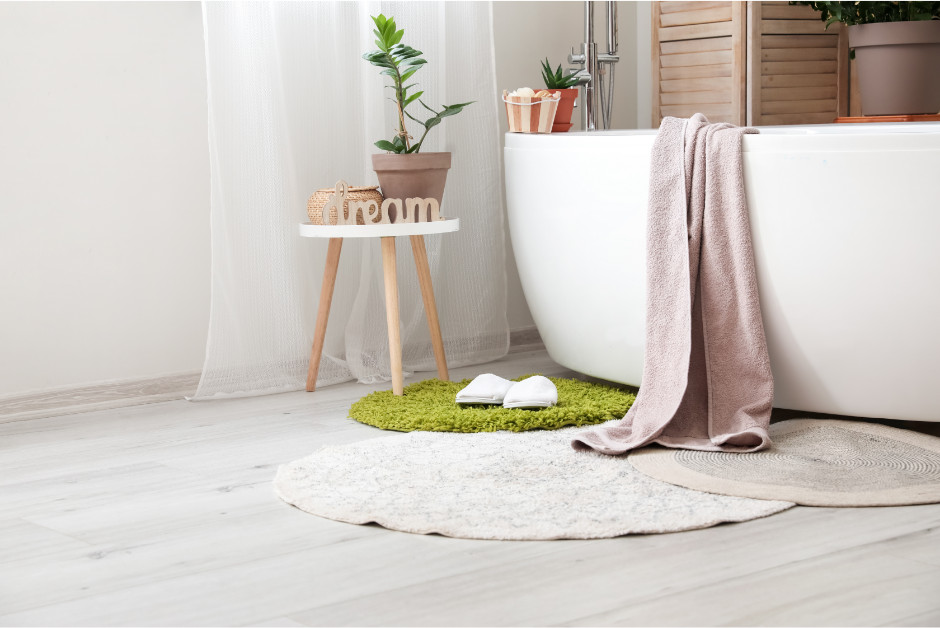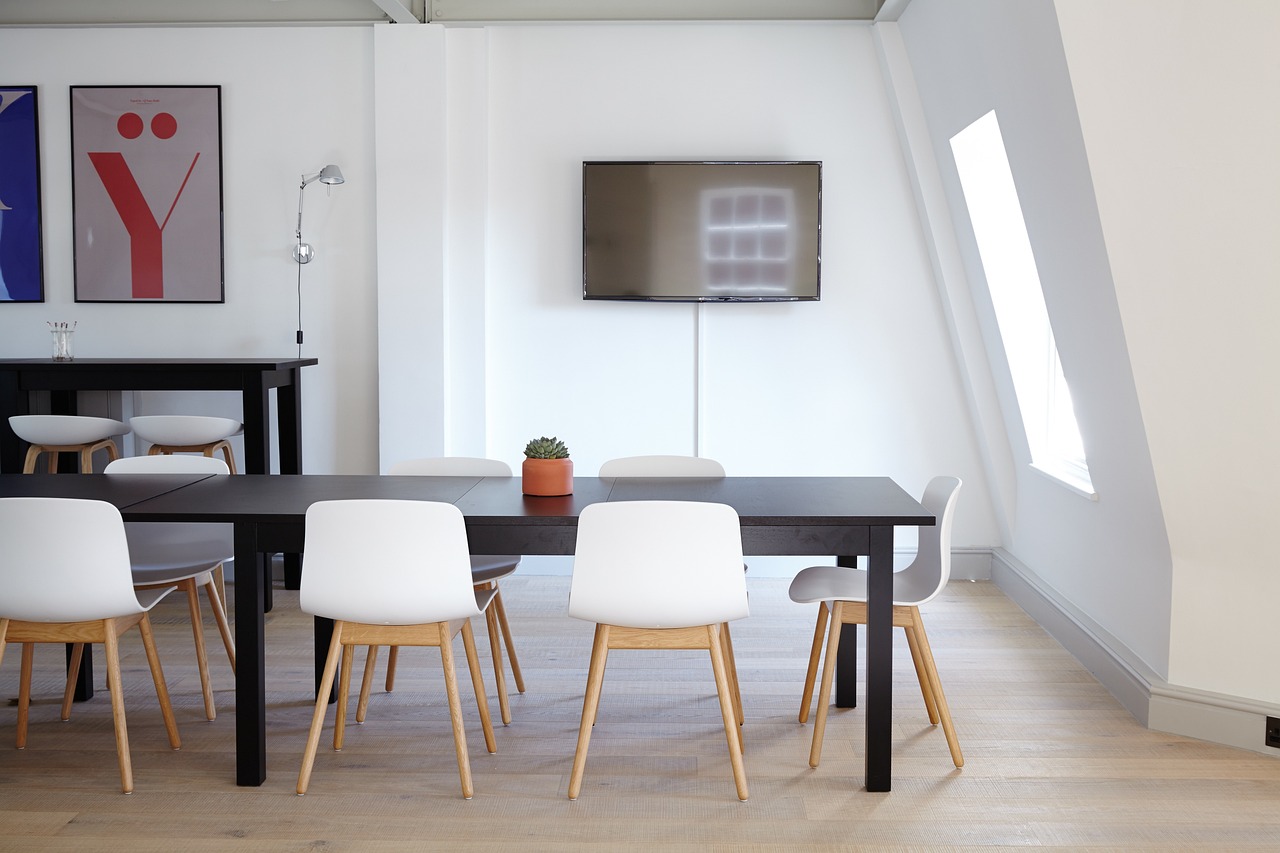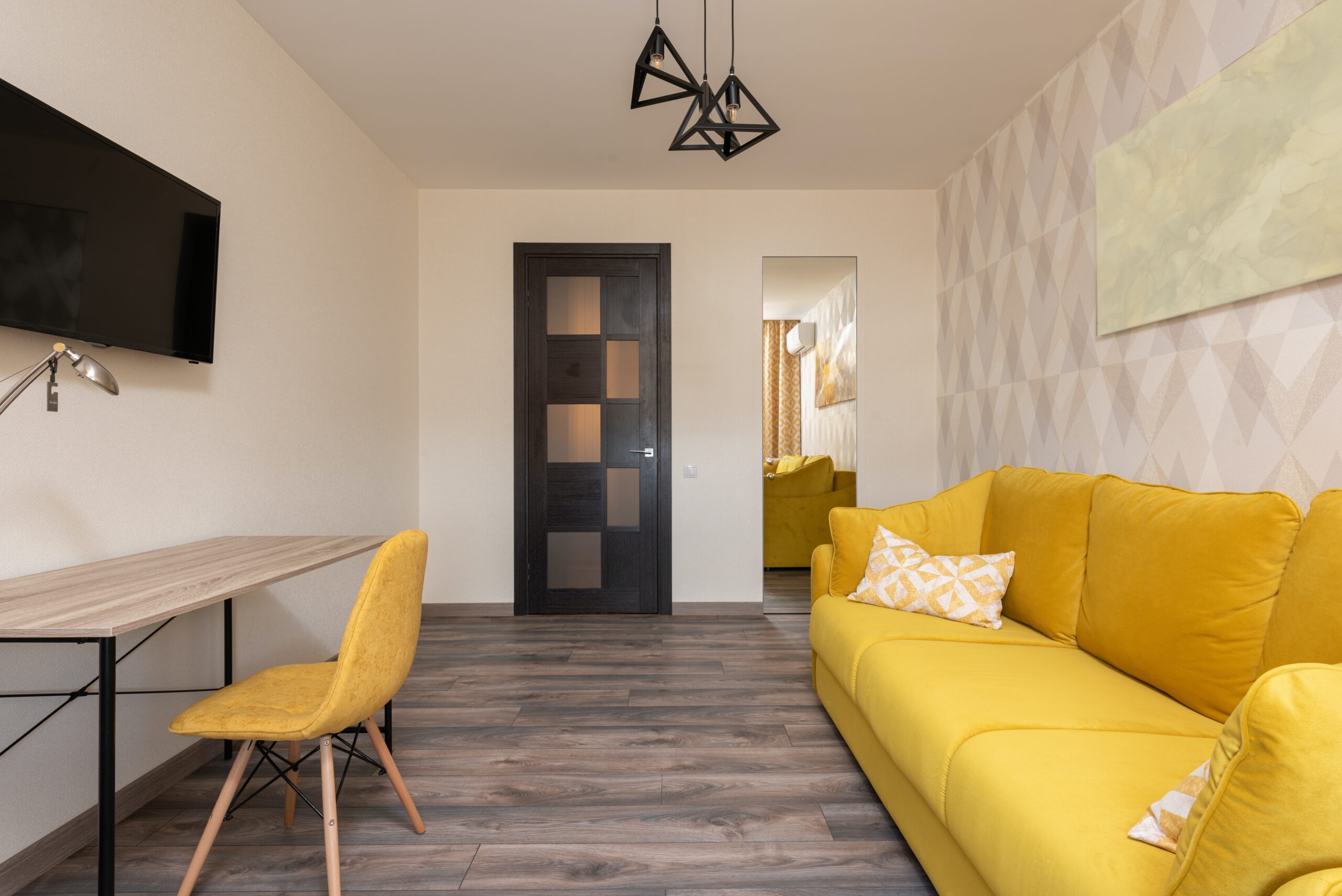How to Lay Vinyl Sheet in a Bathroom
Bathroom vinyl sheet flooring, with the right tools, know-how, and a bit of effort, is relatively easy to lay.
What do you need?
- A beautiful sheet of vinyl floor in the range of your choice
- A vinyl cutter
- A sharp utility knife
- Double-sided tape
- Sprat adhesive
- Bathroom silicone sealant
- Edging (optional)
- T-bar for doorway join
Safety First
Be aware that the tools are sharp and can cause injury. Be sure to handle blades and keep them covered when not in use. When using silicone, gloves should be worn.
Read and follow the safety instructions on the products.
It’s a good idea to wear knee pads to protect your knees.
Getting Started
Most floors are suitable to lay vinyl sheets over. When purchasing your vinyl sheet, talk to us if you are unsure if you should strip the existing floors first.
If applicable, strip floors using the appropriate solvent or product. The existing floor should be swept and vacuumed. Any protruding nails or screws need to be hammered below the surface, ensuring the floor is flush and smooth. The floor must be cleared of any dust and debris.
Concrete floors must be free from any dampness. There’s a simple method to test for dampness:
- Cut a piece of polythene plastic (about 1 square meter in size)
- Place on the floor and seal the edge with insulation tape.
- Leave overnight
- Any trace of water on the polythene the following day indicates there is dampness. Get rid of it before laying the new bathroom flooring.
If the existing floor is damaged or uneven, we recommend the floor be levelled first, as this will give a better finish.
Bathroom Vinyl Flooring Measurements
It’s important to measure accurately and ensure that the correct size sheet is available without making unnecessary joins. Measure the room – length and width, including any recesses. Measure up to the centre of any doorways. Add 75 cm to each edge to allow for final trimming and cutting. With the measurements, you can now buy the bathroom vinyl sheets.
Laying Bathroom Vinyl Flooring
Roll the vinyl sheet out in the bathroom and leave it there for 24 hours to relax. If you have underfloor heating, also turn that off 24 hours before laying your vinyl.
Roughly lay the vinyl in position and adjust it to fit as closely as possible, allowing the 75mm excess to overlap. With obstacles like a toilet or basin pedestal, cuts need to be made around them.
Cut a series of slits into the vinyl around the pedestal (and toilet) with your utility knife:
- First, cut a slit in the middle where the vinyl meets the pedestal (or toilet) all the way to the edge, cutting from where the vinyl meets the pedestal upwards into the section, which will be cut away.
- On both sides of the pedestal, cut angles at regular intervals, towards the first cut, pressing down on the vinyl fitted around the pedestal, then cutting from the edge upwards into the excess.
- Push the vinyl down into place, and push the flaps just created up against the pedestal. The flaps at the back of the pedestal should meet neatly.
- Trim the excess vinyl to make it a perfect fit with the opposite end at the back of the pedestal.
- Continue all the way around the pedestal, cutting away all the excess flaps.
- Once all the obstacles have been worked around, work around the edges to neaten.
After this, the edges need to be cut with a long straight cut, using a vinyl cutter which gives a nice straight edge. Avoid making any cuts in wet areas (especially when working in a bathroom) because water could get underneath it and damage the vinyl.
All Sheet Vinyl Flooring Needs to Be Stuck to the Floor
Sometimes the sheet vinyl needs to be fully bonded to the floor using an adhesive applied to the whole floor or sheet. Others – only need to be bonded on the perimeter and at any joint, using double-sided vinyl floor tape. Note that non-cushion vinyl sheets need adhesive across the whole area.
Before applying double-sided tape to the floor, make sure that the floor is clean, smooth and non-porous. If floors aren’t clean, smooth and non-porous, you will need to spray adhesive where you place the double-sided tape.
If you are using adhesive, spray along the edge of the floor, taking care not to spray onto the walls. Then stick the double-sided tape to the adhesive along the room’s edges without removing the backing paper. Run a block of wood firmly over the tape to get it smoothed out in place. Do the same around the base of the pedestal and any other obstructions.
Finally, the sheet vinyl can be laid and fitted into place. Working around the edge, lift each edge. Remove the backing of the double-sided tape, then push the sheet vinyl firmly onto the tape.
Finishing Touches
Bathrooms are rooms where water and steam occur, so it is important to seal the edge between the vinyl floor and the wall with a silicone bathroom sealant. Make sure that the nozzle is cut at a slight angle and is cut in the correct size hole. Remember – the bigger the gap between the vinyl and floor, the bigger the hole in the nozzle must be. Start at one end and move along in one continuous movement, maintaining a steady pressure and speed. Use a sealant shaper or a wet soapy finger to smooth the sealant.
Trim, such as a skirting board, can also be fitted between the floor and the edge of the wall.
Finish your new floor by fitting an aluminium strip in the doorway, between the new floor and the floor in the passage or next room.
Last Thing
Stand back to admire your handiwork and your beautiful new luxury bathroom flooring.






Comments are closed.